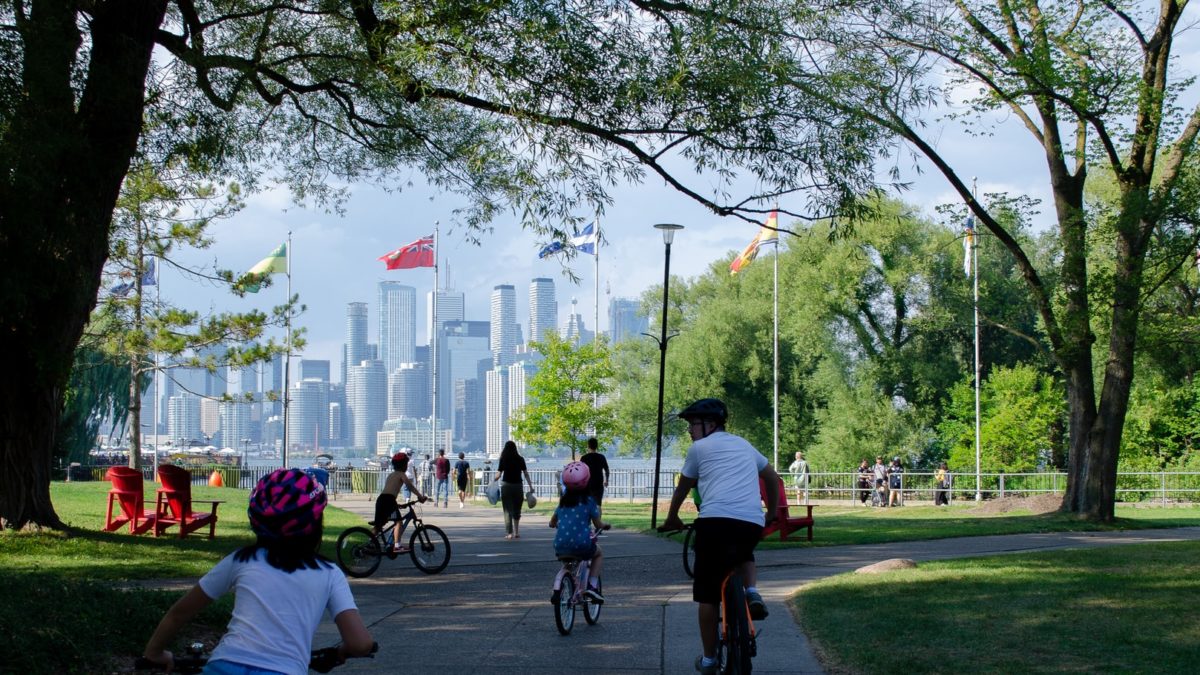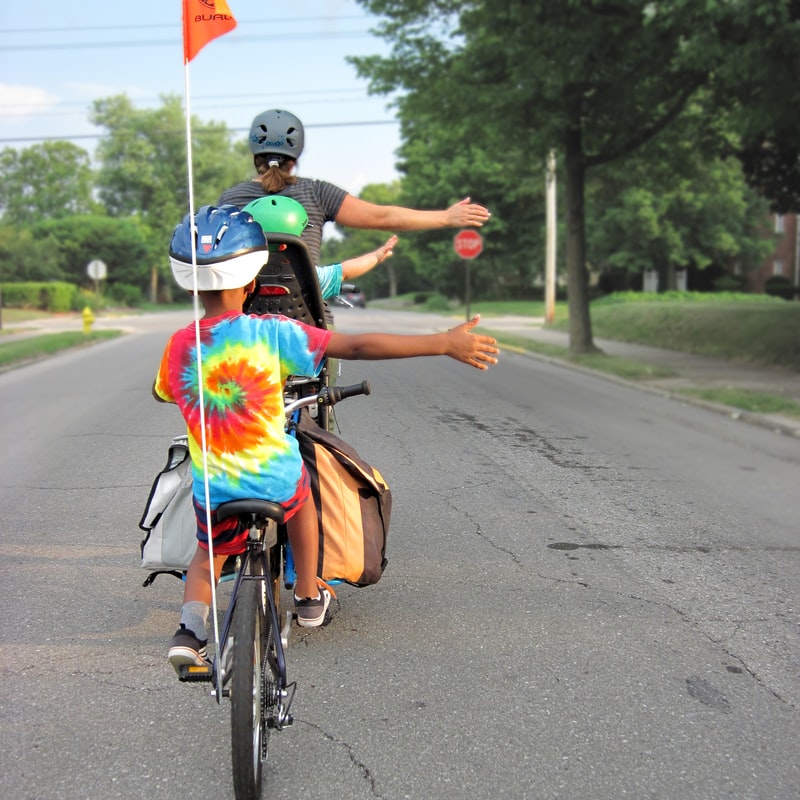How the 2021 federal budget will benefit cyclists
Proposals that 'support Canada's active recovery' could grow the country's sports communities
 Photo by:
Unsplash/Narciso Arellano
Photo by:
Unsplash/Narciso Arellano
On Monday, the 724 page federal budget was tabled by Finance Minister Chrystia Freeland. In an effort to help Canadians through the pandemic crisis, the large document includes a number of measures to support “Canada’s active recovery,” many of which will be of interest to cyclists.
Adam van Koeverden, the MP for Milton, On. and sprint kayak Olympic gold medalist, shared how the budget will target “active recovery” on Twitter.
Budget 2021 supports Canada’s Active Recovery by:
??♀️ Supporting the sport sector
⛹?♀️ Increasing youth participation
⚽️ Investing in community recreation programs
??♂️ Building infrastructure for inclusive physical activity
A strong Canada relies on a healthy return to play!????
— Adam van Koeverden (@vankayak) April 19, 2021
Sports events
Budget 2021 proposes to “invest $200 million through Canadian Heritage to support local festivals, community cultural events, outdoor theatre performances, heritage celebrations, local museums, amateur sport events, and more.” In many provinces, bike racing was completely (or almost completely) put on hold in 2020. For places like Ontario, where cases are currently skyrocketing, the possibility of 2021 races is looking more unlikely every day.
“Cultural experiences and sport are central to our well-being and although Canadians have forgone them out of safety, the many workers and organizations in the sector have faced significant difficulties,” reads the introduction to section 6.2, “Restoring Tourism, Arts, Culture, and Sport”. When amateur sport events do return, some local races will, hopefully, be getting a little help from the federal government.
Canada’s Active Recovery
“Canadians of all ages have sacrificed time on the field, at the park, and on the ice to keep each other safe,” reads a passage of the budget. “Young Canadians, in particular, have missed out on the chance to learn new skills and make memories with their teammates. Sports and physical activity play a critical role in our mental health and in the social and economic revitalization of our communities.”
The federal government proposes to provide $80 million over two years, starting in 2021-22, to Canadian Heritage to “remove barriers to participation in sports programming and to help community organizations kick-start local organized sports that are accessible to all.” The budget proposes $300 million to establish a Recovery Fund for Heritage, Arts, Culture, Heritage and Sport Sectors.
The funding will be specifically used to reach populations that have the lowest rates of participation in organized sport: Women and girls, LGBTQ2, low-income Canadians, Indigenous peoples, racialized people and older Canadians.
Indigenous sport
Page 257 includes a proposal to provide $14.3 million over five years, beginning in 2021-22, and $2.9 million ongoing, to ensure that Indigenous women and girls have “access to meaningful sports activities” through the Sport for Social Development in Indigenous Communities program.
The Sport for Social Development in Indigenous Communities component of the Sport Support Program funds eligible organizations to deliver sport for social development projects in Indigenous communities in Canada.
RELATED: Thousands of kilometres of new cycling paths and trails are headed to Canada
Natural infrastructure fund
Catherine McKenna, the Minister of Infrastructure & Communities highlighted the proposed natural infrastructure fund in a Tweet. The proposed fund would include $200 million over three years, starting in 2021-22, to Infrastructure Canada to establish a Natural Infrastructure Fund supporting natural and hybrid infrastructure projects.
Infrastructure includes nature!#Budget2021 includes ??'s first natural infrastructure fund.
The pandemic has made access to nature more critical than ever. Lots of opportunities to get more Canadians out in nature – like Toronto ravines – while protecting it. Good for ???? & ?! https://t.co/VGd8O2JWiS
— Catherine McKenna ?? (@cathmckenna) April 20, 2021
Ongoing natural infrastructure projects such as Toronto’s Ravine Strategy and Winnipeg’s Parks Strategy put an emphasis on outdoor physical activity and active transportation. Many of the examples of natural infrastructure highlighted in the budget document (p. 183) include paths and trails used by cyclists.

